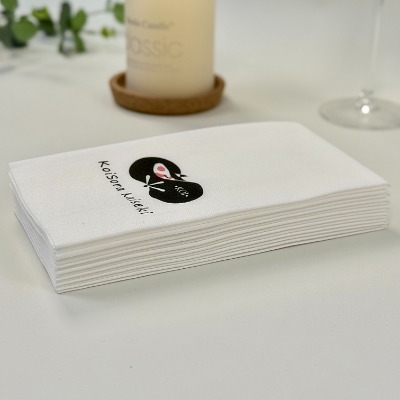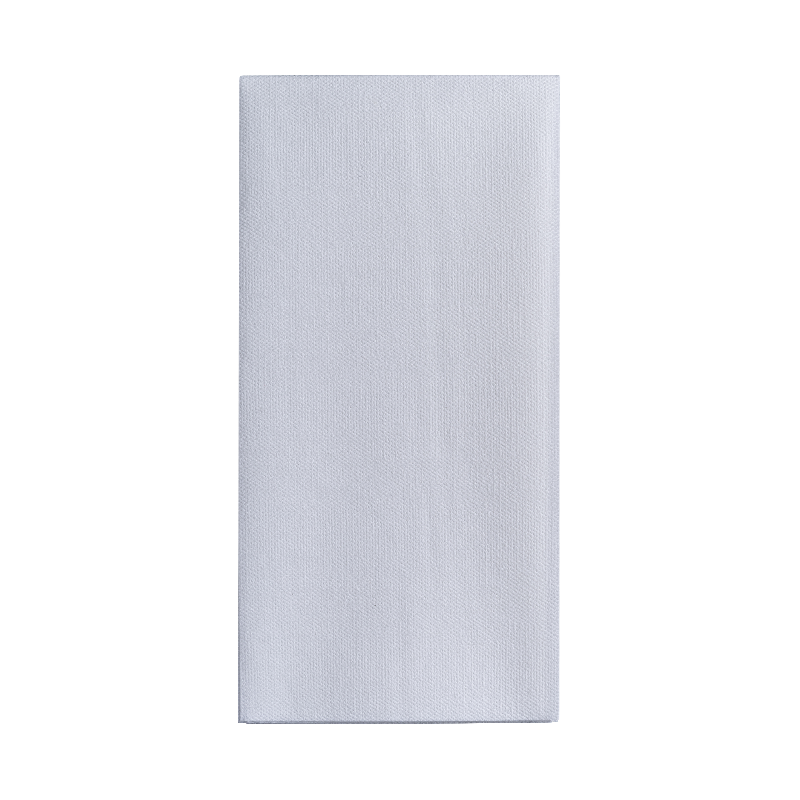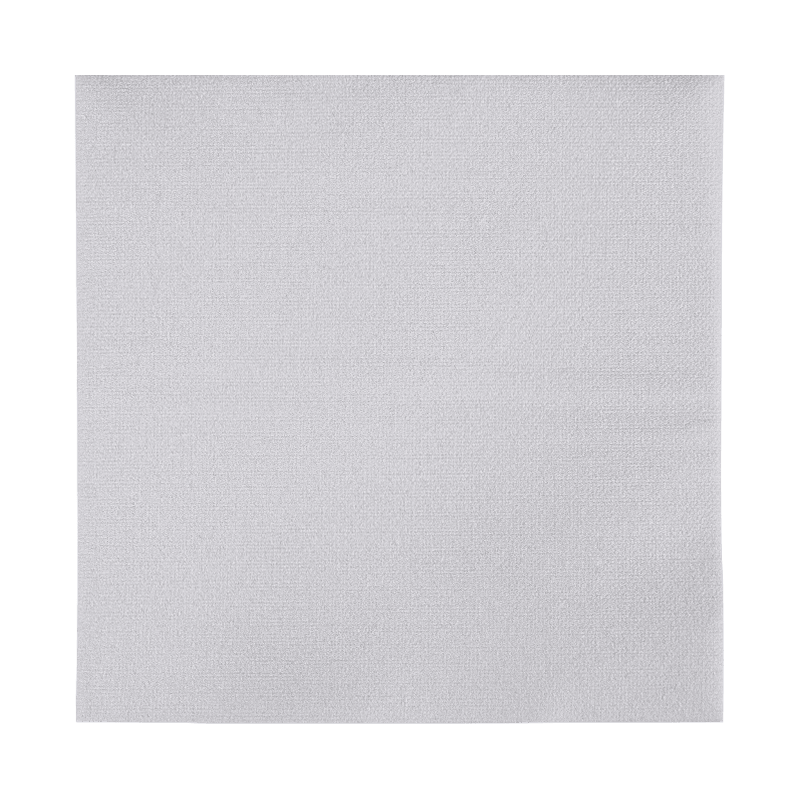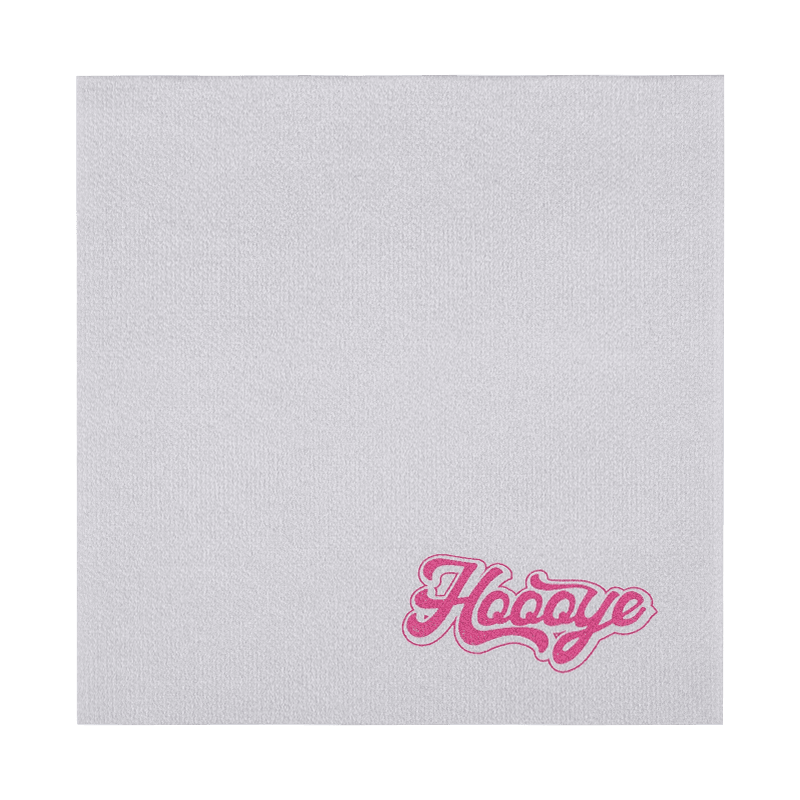How Do Airlaid Napkins Deliver Superior Cleanliness and Comfort?
The Growing Importance of Airlaid Napkins in Modern Hygiene and Sustainability
The demand for higher hygiene standards and sustainable materials has steadily increased across multiple sectors, from food service to healthcare. Within this trend, airlaid napkins have emerged as an important solution that combines cleanliness, softness, and environmental responsibility.

Understanding Airlaid Napkins
Airlaid napkins, also known as lint-free or fabric-like paper napkins, are specialized tissue products produced using advanced air-forming technology that minimizes fiber shedding. Unlike conventional paper napkins, they are designed to leave no lint, dust, or residue during use. This makes them ideal for professional environments such as restaurants, hotels, laboratories, and medical facilities, where hygiene and presentation standards are critical.
The key distinction lies in the production process. Airlaid napkins are made from airlaid paper — a nonwoven material formed without traditional water-based pulping. Instead, cellulose fibers are dispersed through air and bonded with natural or synthetic binders, creating a soft yet durable, cloth-like texture.
Key Features of Airlaid Napkins
Airlaid napkins are increasingly popular for their balance of comfort, functionality, and hygiene. They provide superior absorbency, tactile comfort, and structural integrity compared to traditional paper napkins.
Main features include:
High absorbency compared to conventional tissue paper.
Cloth-like softness for a premium user experience.
Strong fiber bonding, minimizing lint release.
Greater thickness and durability, allowing multiple uses during a meal.
| Feature | Traditional Paper Napkins | Airlaid Napkins |
|---|---|---|
| Absorbency | Low to moderate | High absorbency |
| Texture | Thin, easily tearing | Cloth-like, durable |
| Fiber Dust | Noticeable lint release | Virtually lint-free |
| Comfort | Basic | Soft and premium feel |
Why Airlaid Napkins Are in Demand
The rising popularity of airlaid napkins can be attributed to several key global trends:
Enhanced hygiene awareness – Following recent health concerns worldwide, both businesses and consumers prioritize products that reduce contamination risks. Airlaid napkins support higher hygiene standards in every setting.
Eco-friendly consumption – Many airlaid napkins are made from biodegradable or recyclable fibers, aligning with the increasing demand for sustainable paper napkins and eco-friendly table napkins.
Premium user experience – In the hospitality and catering industries, product quality influences customer perception. Soft-touch napkins made with airlaid technology elevate the dining experience.
Industrial versatility – Beyond restaurants, airlaid napkins are also used in laboratories, electronics assembly, and healthcare facilities where dust control and cleanliness are essential.
Types of Airlaid Napkins
Airlaid napkins can be classified based on their thickness, intended use, and presentation format. Each type serves a specific purpose across various industries.
| Type | Description | Typical Usage |
|---|---|---|
| Single-ply airlaid napkins | Lightweight and disposable | Fast food, casual dining |
| Multi-ply airlaid napkins | Thicker, cloth-like design | Fine dining, hotels |
| Printed eco-friendly napkins | Custom printed designs | Events, branding |
| Medical-grade airlaid napkins | Sterile, lint-free | Clinics, laboratories |
Production Process of Airlaid Napkins
The manufacturing of airlaid napkins is a technologically advanced process that eliminates the use of water-based pulp formation. Instead, fibers are dispersed through air and bonded using latex or other natural adhesives. This method creates a soft, absorbent, and structurally stable product.
Main stages include:
Fiber preparation – Cellulose fibers are refined, cleaned, and treated for optimal bonding.
Air forming – Fibers are evenly distributed through controlled air streams.
Bonding – Latex or natural binders secure fibers, ensuring strength and flexibility.
Converting – Sheets are cut, folded, and packaged into napkins of various sizes and designs.
This innovative process ensures minimal lint formation and results in napkins with enhanced softness and durability.
Environmental Advantages
Airlaid napkins are recognized for their environmental benefits. Compared with traditional paper products, they often feature biodegradable and compostable properties, making them ideal for eco-conscious consumers and businesses.
Key environmental benefits include:
Reduced water consumption during manufacturing.
Lower chemical usage due to air-based fiber bonding.
Eco-friendly disposal through composting or recycling.
By adopting sustainable raw materials from responsibly managed forests, airlaid napkins contribute to a cleaner production cycle and a more circular economy.
Practical Applications Across Industries
The versatility of airlaid napkins extends beyond the dining table. Their combination of hygiene, strength, and softness enables use in multiple sectors:
Hospitality and Catering – Enhance presentation and customer experience in restaurants and hotels.
Healthcare – Serve as hygienic wiping materials in clinics and hospitals.
Electronics and Laboratories – Prevent contamination in precision workspaces.
Airlines and Travel – Provide comfortable and convenient alternatives to cloth napkins.
Market Outlook
The market for airlaid napkins continues to expand due to increasing hygiene standards, sustainability trends, and rising consumer expectations. Businesses are investing in innovative solutions such as antibacterial coatings, custom printing, and bamboo-based fibers to diversify product offerings.
| Growth Driver | Impact |
|---|---|
| Hygiene awareness | High |
| Sustainability trends | High |
| Technological advancements | Moderate |
| Cost efficiency | Variable |
| Consumer preference for premium dining | High |
This steady growth is expected to continue as industries transition toward sustainable and high-performance disposable products.
Future Developments
The next generation of airlaid napkins will focus on combining advanced materials with eco-conscious manufacturing. Future trends may include:
Using renewable raw materials such as bamboo or recycled cellulose.
Introducing biodegradable coatings to improve environmental safety.
Enhancing multi-functional performance, such as antibacterial or moisture-control features.
Such innovations will further establish airlaid napkins as the benchmark for hygiene, comfort, and environmental responsibility in both commercial and medical applications.
Conclusion
Airlaid napkins represent a modern evolution in the pursuit of hygiene, softness, and sustainability. Their unique air-forming production process creates napkins that are absorbent, durable, and eco-friendly—meeting the growing demands of diverse industries.


 English
English  Español
Español 












